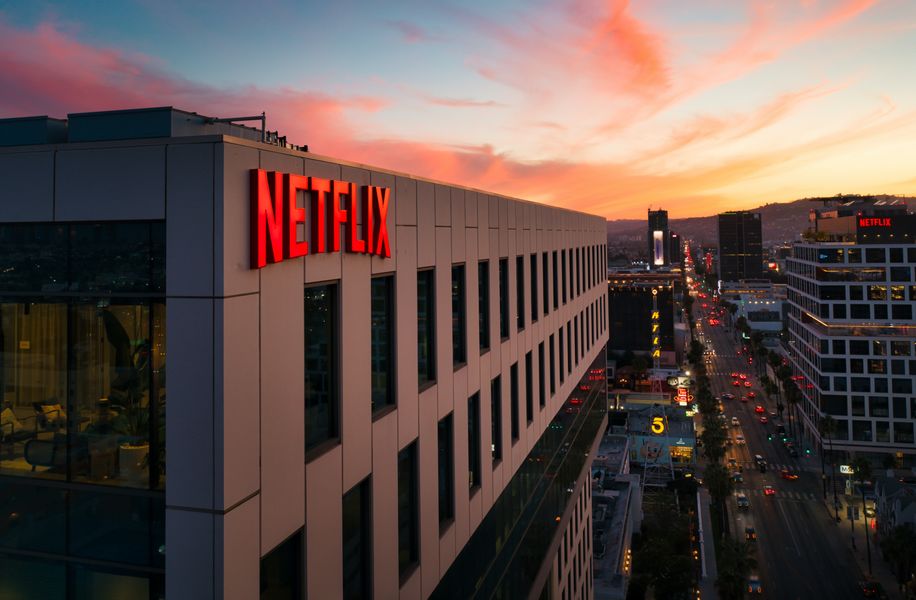Despite various big-budget productions like House of Cards, Bridgerton, The Crown, Sex Education and Squid Game by Netflix, the subscriber count in the UK in 2021 was at an all-time low since the streaming service’s launch a decade back.
Netflix has produced a huge amount of original content over the last year, involving films, documentaries and series, most of which have received rave ratings and reviews among British fans. However, in 2021, the number of new subscribers were just 800,000 which is recorded to be the lowest number for the streamer and also indicates saturation in British households.
According to Richard Broughton, the director at a market research firm named Ampere Analysis, said, “It is peak Netflix, in the sense, we are never likely to see the scale of subscriber additions we have seen over the past few years.” With this, he says, the streaming giant will continue its growth, “but at a much slower rate”.
Previous reports suggested Netflix had expected to report 18.4 million new subscribers in 2021 before reporting its total numbers in February that will reportedly take its global base to 222 million.
However, the growth rate is half as that of 2020 where the rolling lockdowns during the pandemic led to nearly 37 million new subscriptions- a record achievement for the streamer.
While the streaming service landscape was initially a duopolistic market, dominated by Netflix and Amazon Prime Video, the streamers now have massive competition from burgeoning streamers and other global rivals. The timely launch of Disney+ at the beginning of the pandemic has led to a record number of subscribers in 2020.
From tapping the younger demographic, Netflix has now started turning itself towards the older generation who do not, perhaps, understand the utility or purpose of streaming services. To prevent saturation in the market, the shift to the “silver screen” generation might prove to be beneficial for the streaming giant.
As Broughton confirmed, “Netflix has tapped out the early adopter base and is now trying to convert audiences more resistant to paying, to the concept of streaming services and who find Netflix’s content less appealing to their taste.”
After having tapped a huge base with ages ranging from 18 to 34, the streamer will now be seen attempting to involve those in their 50s and 60s with stable internet connection. According to Broughton, the older generation is “more akin to traditional UK broadcast channels” and “local production”. By tapping and targeting these consumers, Netflix might be able to increase its subscriber count.
“The situation Netflix finds itself is more an indication of historic success in achieving impressive scale rather than a particular fundamental issue facing the UK business,” says Broughton.
As of now, Netflix has reached about half of UK households and will try to tap more than that by the end of this year by finding a way to navigate the current saturation in the market.
